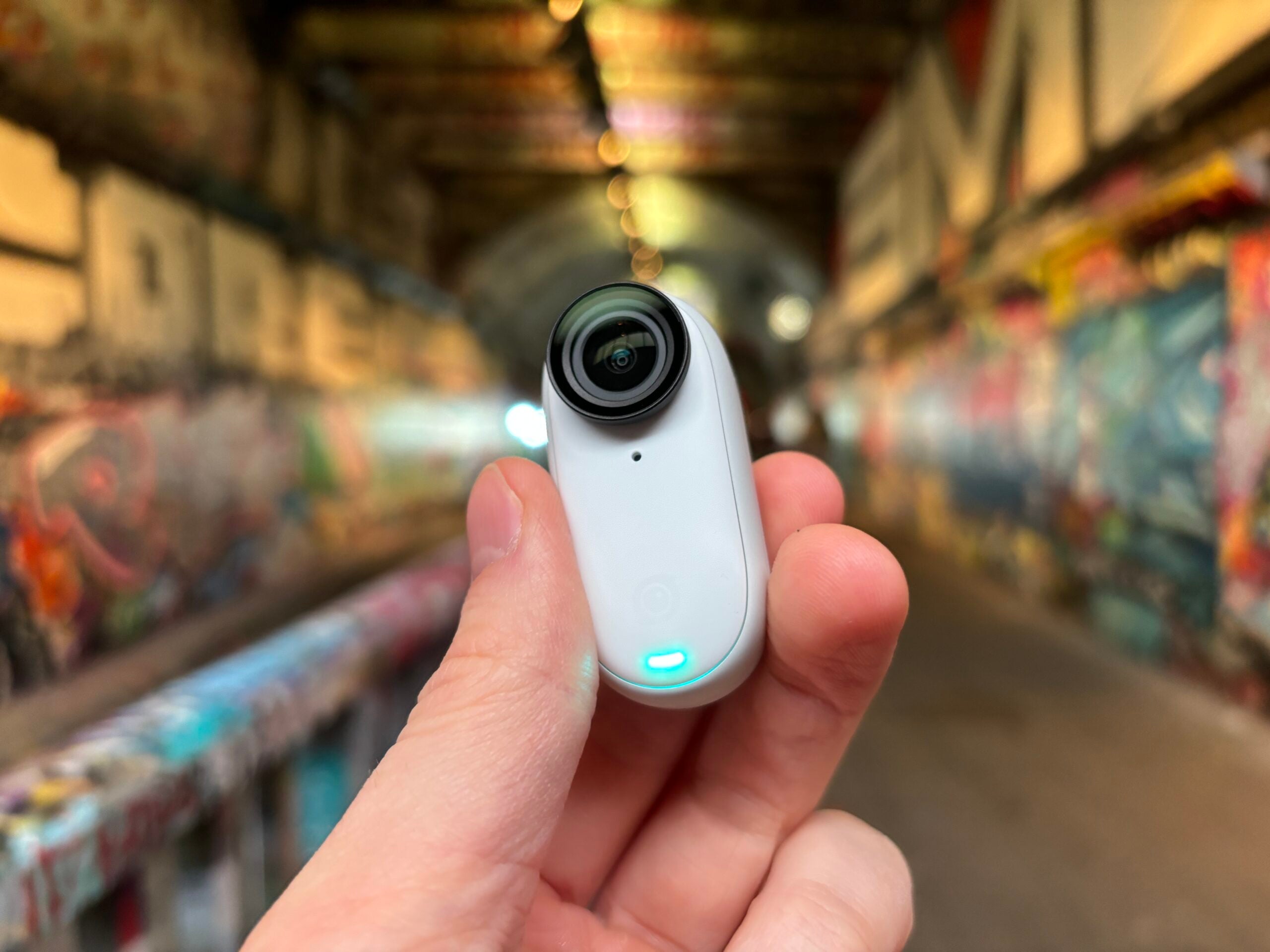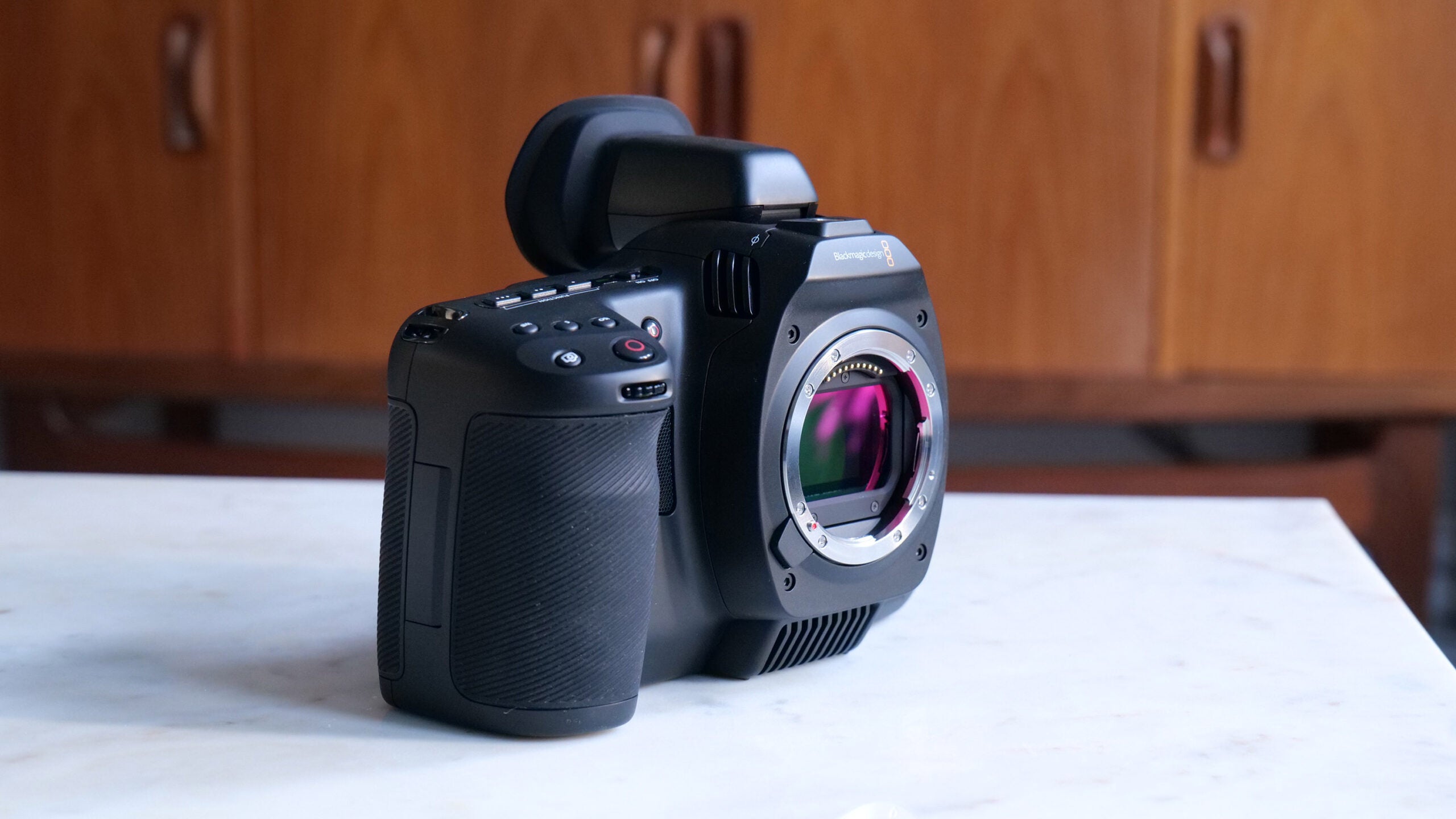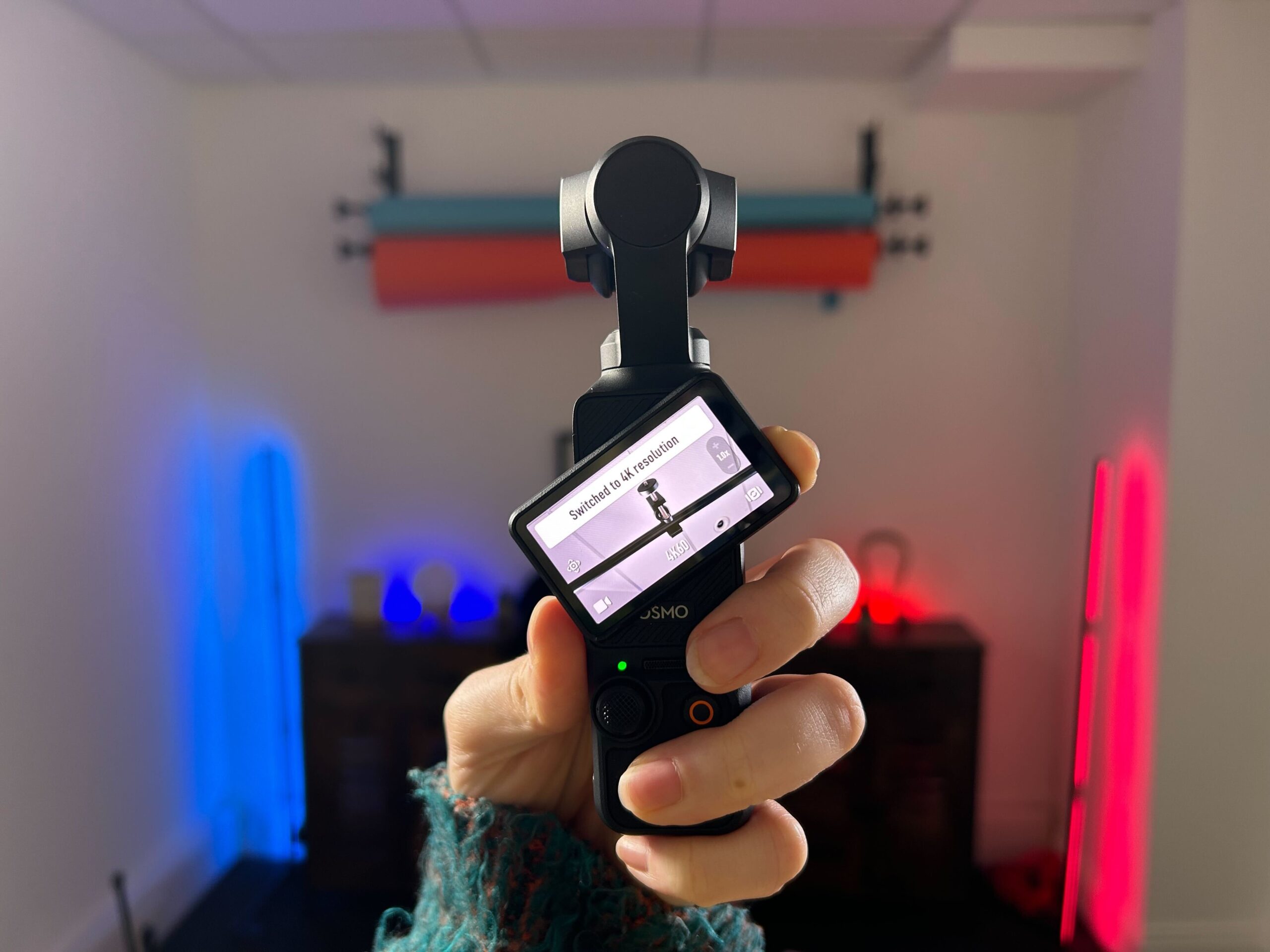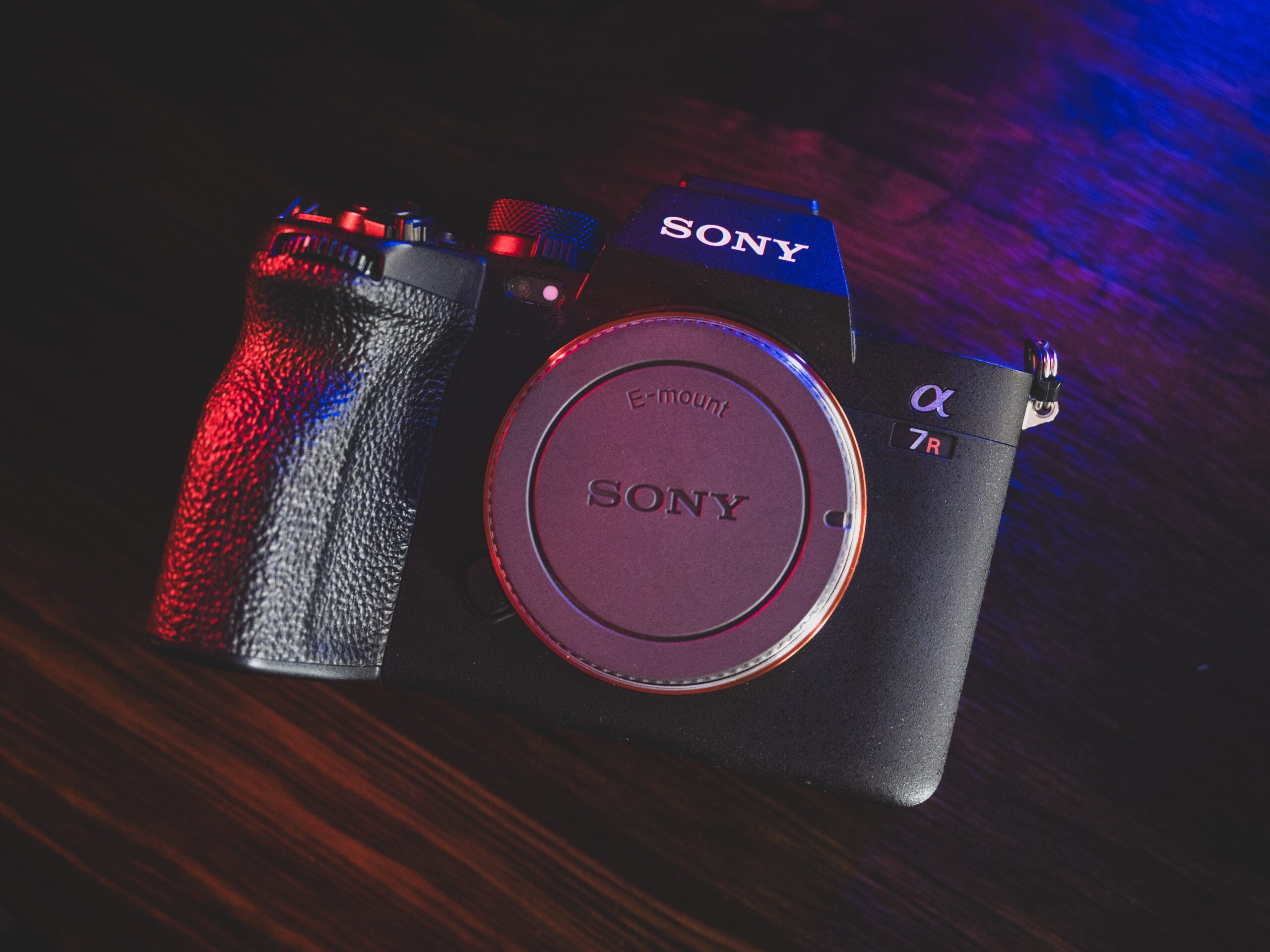DJI Osmo Action 3 Review
Well constructed with decent image quality and superb stabilisation
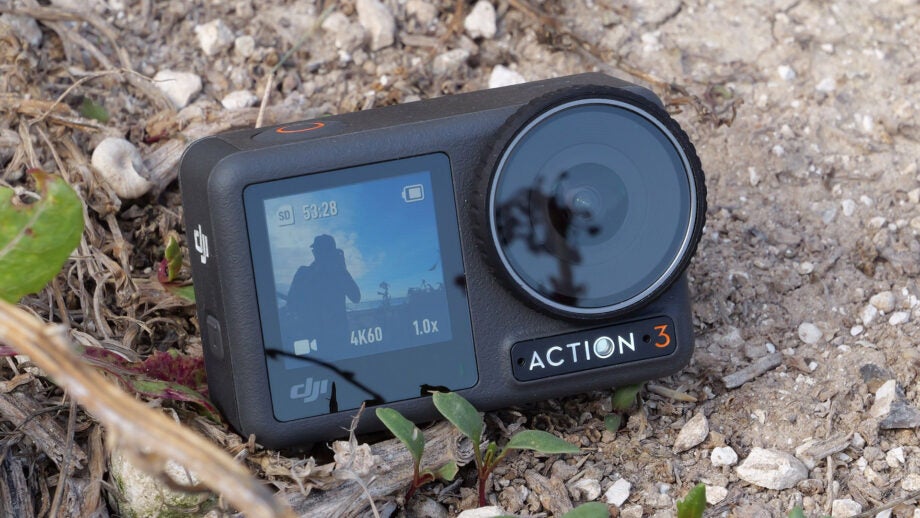

Verdict
Had the Osmo Action 3 been released a few months ago, prior to the excellent GoPro Hero 11 Black, it would be the best action cameras on the market.
It’s well constructed and waterproof with decent image quality and superb stabilisation, plus a fantastic mounting system, but can’t match the (admittedly pricier) GoPro in terms of video and photo performance. Still, it’s a fine all-rounder, and has plenty of appeal as a budget alternative to GoPro’s flagship.
Pros
- Better mounting system than GoPro
- Impressive 16m waterproof depth
- Excellent battery life
Cons
- Still overheats despite improvements
- Can’t match top-end GoPros for image quality
Availability
- UKRRP: £309
- USARRP: $349
- AustraliaRRP: AU$519
Key Features
- Waterproof up to 16mAdding the optional Waterproof Case accessory increases this to 60m
- Quick-release mountingMagnets and clips deliver a secure and easy-to-swap mounting system
- First dual-touchscreen action cam1.4-inch front and 2.25-inch rear touchscreens for enhanced usability
Introduction
Hot on the heels of the superb GoPro Hero 11 Black comes the latest challenger from DJI, a company better known for its drones than its actions.
The DJI Osmo Action 3 aims to change all that with a back-to-basics approach. Gone is the ambitious modular design of last year’s Action 2, as DJI returns to the standard action cam template and instead attempts to appeal in key areas like waterproofing, usability and battery life.
Not to mention value: the Osmo Action 3’s pricing starts a lot lower than the GoPro Hero 11 Black, pitching it as a thrifty alternative for vloggers and outdoor sportspeople on a budget.
So does the Osmo Action 3 offer a genuine challenge to GoPro’s new flagship, or is it still a second-tier action cam?
Design
- Excellent magnetic clamp mounting system
- Waterproof to 16m out-of-the-box
- Touchscreens on front and rear of the camera
While the Action 2 boasted an innovative modular design based on cuboid blocks that pair up via magnetic clamps, the Osmo Action 3 goes back to the far more traditional GoPro Hero-inspired look of DJI’s first Action.
While that could be viewed as a concession that the Action 2’s approach didn’t really work, DJI has retained the magnetic clamp and used it as the basis for a superb quick-release system for fixing and unfixing the camera on first- and third-party mounts.
The Osmo Action 3 can use the same type of mounts as a GoPro Hero, but rather than having to unscrew it each time, you can now unclip and go. It’s a much better system than GoPro’s, at least in my experience – although I suppose if you were engaged in extremely fast and erratic movement you may find the GoPro method a bit more reassuringly secure.
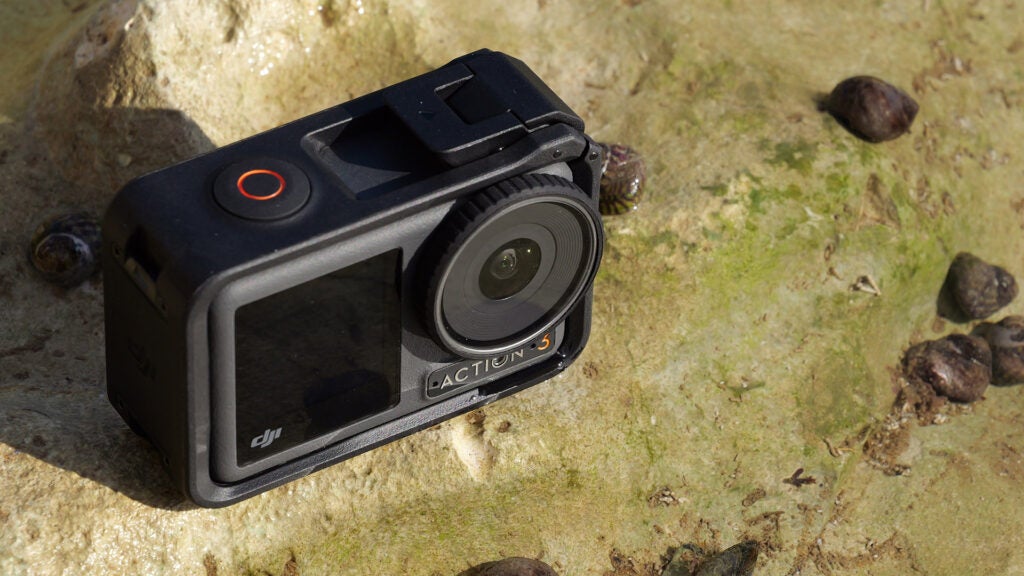
The camera features one of these mag-lock mounting points on its base, and the included Horizontal-Vertical Protective Frame (a case that can be snapped around the camera to give it an extra layer of defence) has another one on the side, meaning you can quickly flip the camera between landscape and portrait orientations – handy if you want to create 9:16 content for TikTok or Reels.
Case or not, this camera is tough. It’s able to survive drops of up to 1.5m unscathed and be dunked up to 16m in water without a dive case (an optional dive case is available, boosting water resistance to 60m). The lens is swappable too, so if it gets scratched or otherwise damaged you don’t need to replace the entire camera.
There are Gorilla Glass screens on the front and back, as with the GoPro Hero line, but DJI has taken things a little further by making both of them touchscreens. Previous dual-screen action cams have only made the rear screen touch-sensitive, with the front screen being for composition and info purposes only, but here you can tap to adjust settings and view previously shot material. It’s a nice touch (no pun intended), even if I wouldn’t call it transformational; I still found myself using the rear screen more often because of its size (2.25-inch compared to the front screen’s 1.4-inch size).
The camera features just two physical buttons: a large shutter button on top and a power/quick select button on the side. The latter can be used to quickly cycle through your favourite shooting modes. Neither button has a large amount of ‘travel’, which means it sometimes takes an extra push or two to register, and I can imagine this would be particularly tricky when wearing gloves.
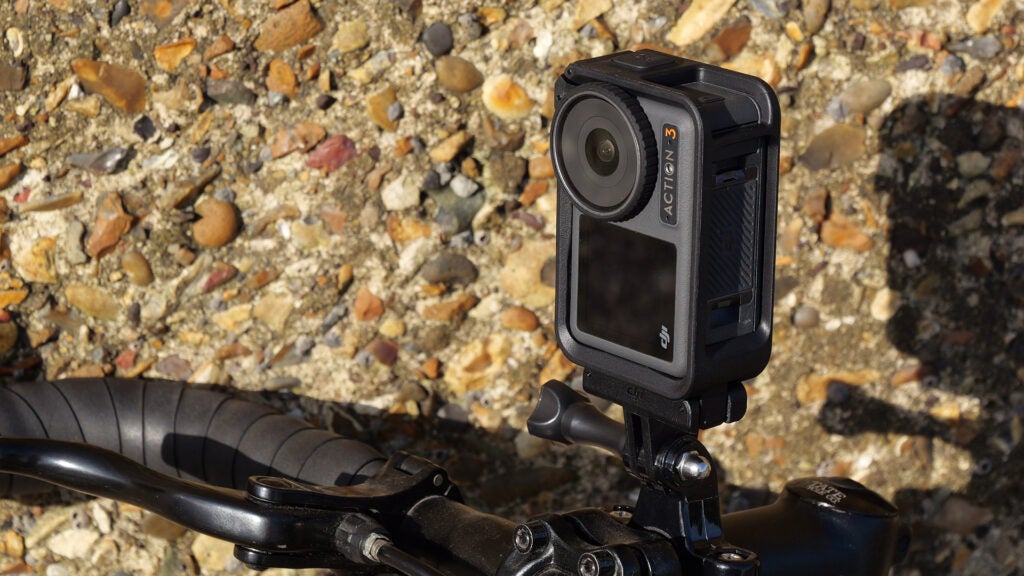
Video, image and audio quality
- Video recording up to 4K/120fps
- 360º horizon levelling at 2.7K
- Time lapse and slow-motion options
Like the Action 2, the Osmo Action 3 is based on a 1/1.7-inch CMOS sensor and f/2.8 aperture lens with a wide-angle field of view. At 155º, this is actually wider than the FOV offered by GoPro Hero models, which is potentially a big deal if you’re looking to get as much in frame as possible.
Image quality is good rather than great, with lighting being a key factor: if you record outdoors during the day, your footage from the Osmo Action 3 will look generally sharp, detailed and well-exposed. But in trickier lighting conditions, these things quickly fall off and the results are far less impressive.
One thing to note is that using image stabilisation results in a crop – minor with the standard RockSteady 3.0 electronic stabilisation on, and quite major with the horizon levelling mode engaged. That said, the stabilisation here is extremely impressive, as you can see from the comparison in my sample video.
360º horizon levelling requires that you use a resolution of 2.7K or lower, but if you want to maintain 4K recording you can still use horizon levelling of up to 45º. I think that’s an acceptable trade-off, although with the GoPro Hero 11 Black able to deliver 360º levelling at 5.3K, it’s hard to argue that the Osmo Action 3 is the better choice for extreme sportspeople who want level, sharp footage straight out of the camera.
In addition to regular video shooting, the Osmo Action 3 can capture 12MP still photos, time-lapse videos and slow-motion videos. In good lighting, stills are fine, if a little unexciting, but low-light capabilities feel very limited compared to some cameras and most decent smartphones.
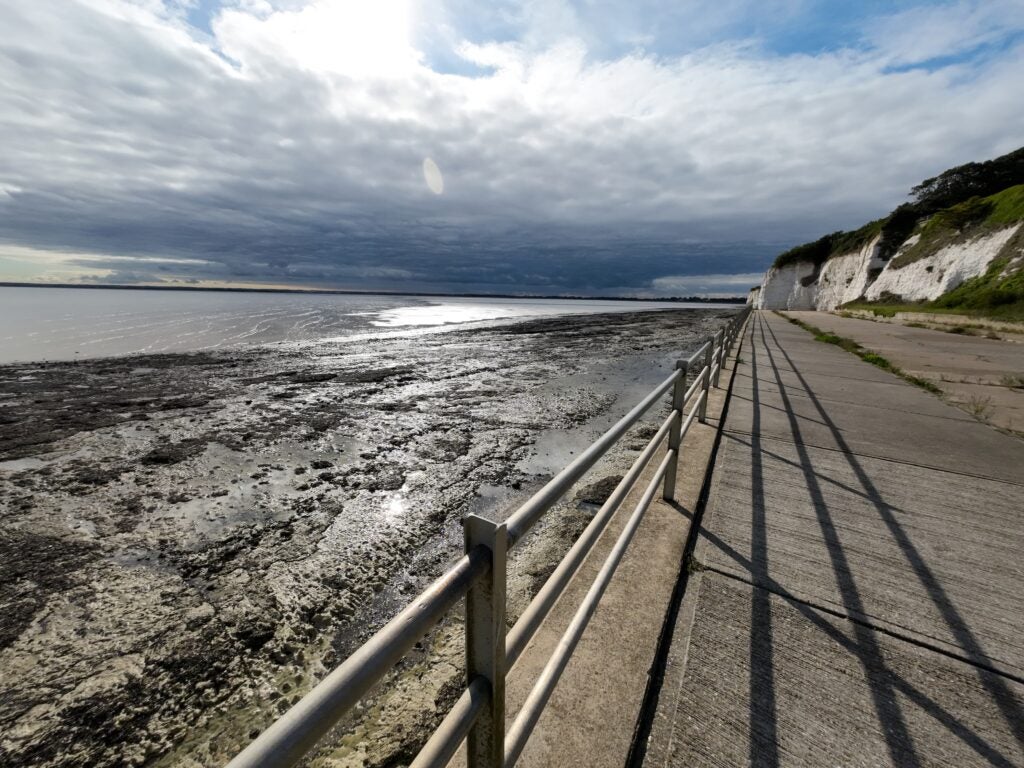
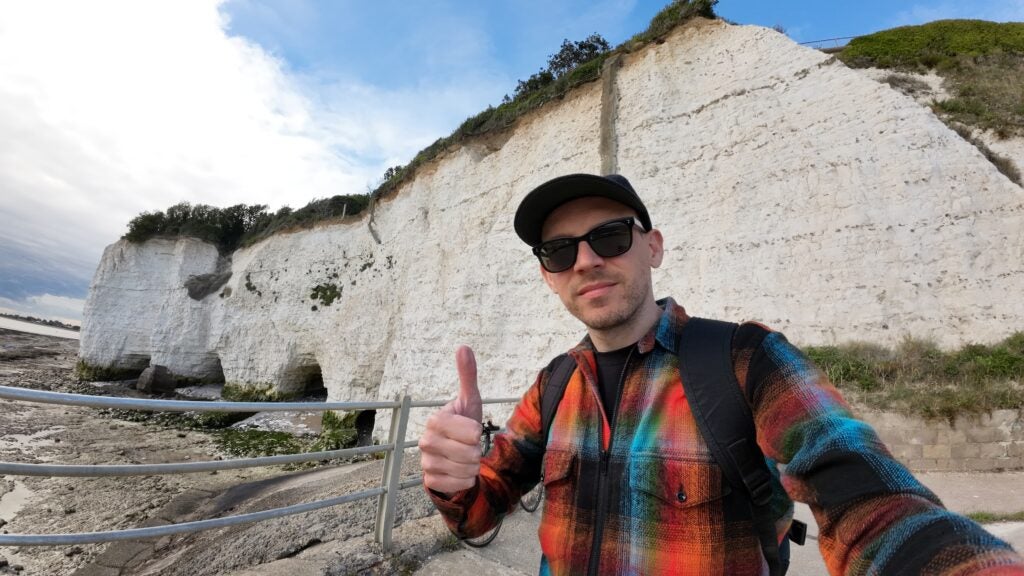
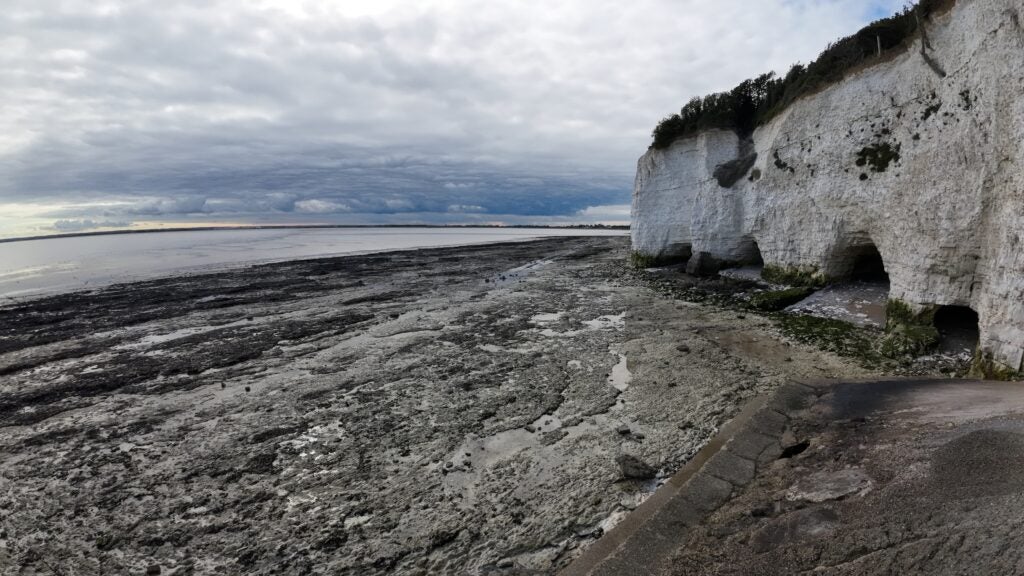
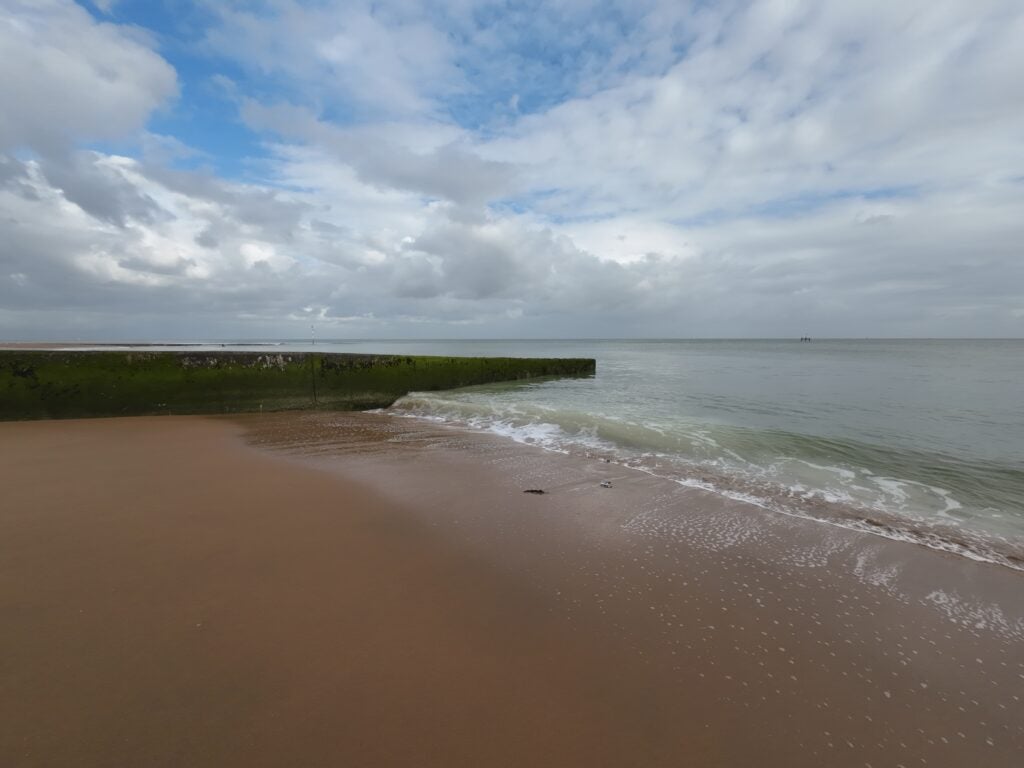
Performance and battery life
- 1770mAh fast-charging battery
- 160 minutes of 1080p/30fps recording
- Designed for cold temperature performance
The Osmo Action 3 has a simple and slick UI based on tapping on-screen icons and swiping from screen sides to bring up various menus. I found it quickly intuitive (although it takes a while to memorise which menu swipes in from which screen edge) and responsive on the rear screen, with the front screen (as I mentioned earlier) being a little too small for my liking from a control point of view.
You can of course use your smartphone and the DJI Mimo app as a form of remote control, and it works brilliantly thanks to simple controls, big screen viewfinder and solid wireless connection. Using the app also enables livestreaming.
Battery capacity has been increased over the Action 2, from 1300mAh to 1770mAh, although interestingly DJI’s own figures suggest the Action 2 can last a little bit longer: 180 minutes to the Osmo Action 3’s 160 minutes (when recording 1080p at 30fps, with image stabilisation turned off).
Still, I found the Action 3’s battery life to be sufficient for general use, and the fact you can buy the camera with three batteries and a charging case means that heavy users have a solid option at the checkout.
Batteries charge quickly via USB-C (from empty to 80% in a mere 18 minutes) and according to DJI are more resistant to cold than those found on previous DJI cameras, with battery life barely affected by temperatures as low as -20ºC.
With the Action 2 attracting widespread criticism over its tendency to quickly overheat during video recording, the Action 3 has been designed to better distribute heat. I found that it will still terminate 4K recordings abruptly, but it now takes longer to warm up: you can now record 4K/60p for about 30 minutes before things grind to a halt, or about 12 minutes of 4K/120p footage.
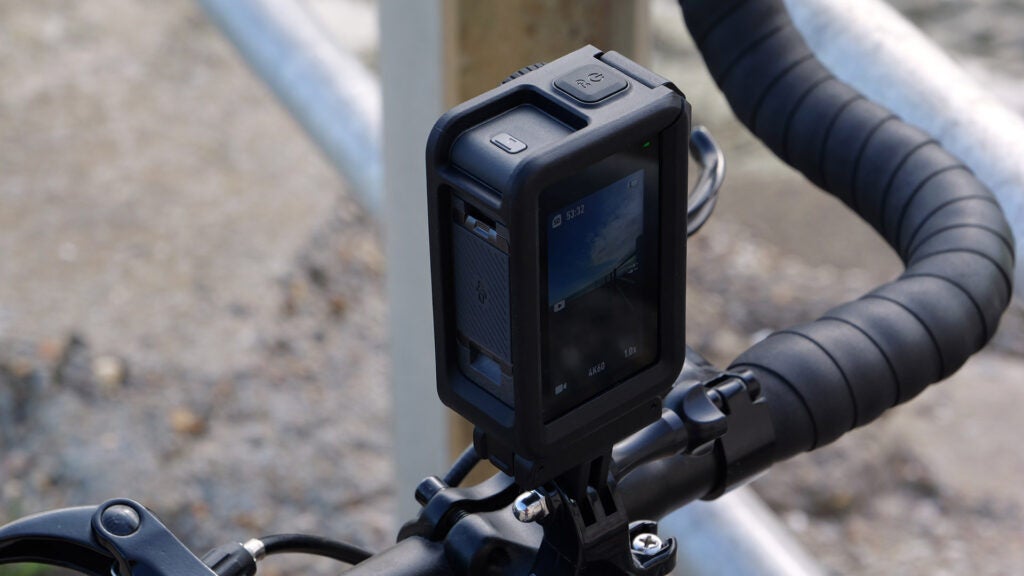
Latest deals
Should you buy it?
You want an affordable and rugged action cam: Waterproof to 16m and built like a tank, the Osmo Action 3 can be relied upon to record decent quality video in all sorts of situations. It’s also over £200 cheaper than GoPro’s flagship camera.
You want the best action cam image quality: The GoPro Hero 11 Black outperforms the Osmo Action 3 in almost every respect when it comes to image quality, offering 360º horizon levelling at 5.3K resolution thanks to its superb 8:7 sensor.
Final Thoughts
The Osmo Action 3’s return to a classic action cam design may not feel inspired, but it’s a really solid all-round effort at a temptingly low price. With best-in-class water resistance with a diving case, two touchscreens and a slick UI, it would make a fine budget alternative to the GoPro Hero 11 Black.
How we test
We thoroughly test every action camera we review. We’ll always tell you what we find and we never, ever, accept money to review a product.
Compared against existing action cameras for a comprehensive verdict
Used over an extended period of time
FAQs
The Osmo Action is waterproof to 16m, making it very durable for underwater use.
Full specs
Sustainability
TrustedReviews’ holds the fact that global warming is not a myth as a core value and will continuously endeavor to help protect our planet from harm in its business practices.
As part of this mission, whenever we review a product we send the company a series of questions to help us gauge and make transparent the impact the device has on the environment.
We currently haven’t received answers to the questions on this product, but will update this page the moment we do. You can see a detailed breakdown of the questions we ask and why in our sustainability info page.


